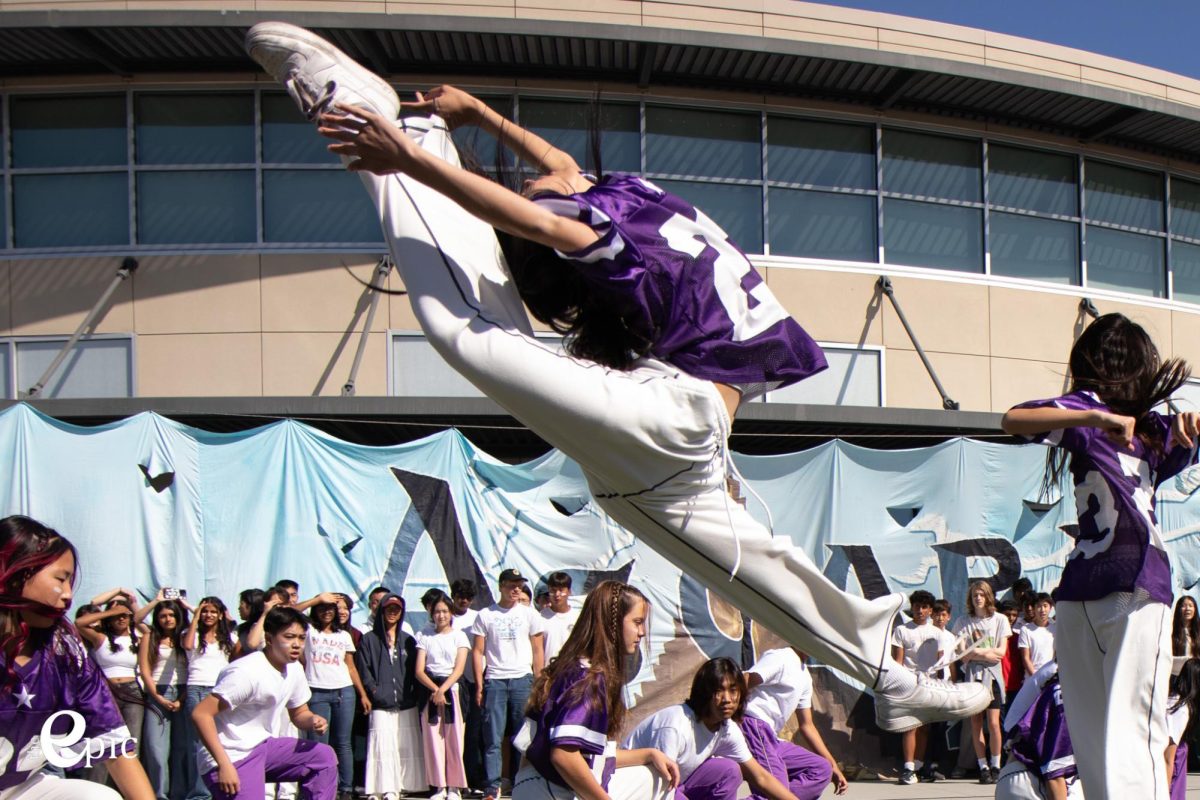Editorial: Lack of student input in new schedule design
Graphic illustration by Lina Mezerreg
FUHSD and Lynbrook’s efforts to collect and honor student feedback were weak and inconsistent, particularly in decisions regarding tutorial placement and school end times.
March 8, 2022
When Gov. Gavin Newsom signed Senate Bill No. 328 into law, all California high schools were required to adhere to an 8:30 a.m. start time beginning in the 2022-23 school year. FUHSD has considered multiple schedule options to fulfill the new condition as well as instructional minute and contract arrangement requirements. Staff input was well-assessed in this process, as more than 500 district staff voted on a final schedule that is currently in the approval process. However, FUHSD and Lynbrook’s efforts to collect and honor student feedback were weak and inconsistent, particularly regarding tutorial placement and school end times.
Each school sent at least one representative to a moderated discussion about the future schedule. Lynbrook staff Andrea Badger and Anne Greene attended the meeting with data from a school-wide staff survey. During the intra-school meetings, teachers mentioned a lack of student input but concluded that they could not address the issue with such a short discussion window.
District leadership should have been transparent with their approach. The district has been anticipating this process since the bill passed in 2019, which gave them ample time to prepare. Cupertino High School, for example, sent out a survey much earlier in the school year to gauge its student body’s stance. Lynbrook, along with other FUHSD schools, did not engage in such actions in a timely fashion. In fact, the school did not inform students of the ongoing matter until a recent newsletter.
“It would be better to have a more accessible resource other than just the weekly newsletter, since I first heard about the schedule change from Epic’s Instagram,” sophomore Hinari Aoki said. “I didn’t fill out the form sent by the principal because by the time I heard about it and opened it, the form had closed.”
While student survey sent out on Feb. 28 was certainly a step in the right direction, it did not give students enough time or notice to have an impact. The final survey included responses from only 23% of students across the district. Furthermore, the survey asked about students’ preferences regarding the tutorial schedule based on a 4-block schedule without giving them a chance to comment on the issues of a 2-block versus a 4 block schedule or the placement of a 7-period day.
Students’ opportunity to give feedback to the district is usually through each school’s Intra District Council representatives, yet Lynbrook’s IDC representatives allocated a mere five minutes in a legislative council meeting for student input about the new start time. Even that conversation was pointless as the new start time cannot be changed. Instead, administrators should have helped student leaders guide meaningful discussions on other scheduling factors that could be changed to collect more substantial feedback.
Despite the lack of direct student input, Lynbrook teachers have done an admirable job polling their own students.
“I’ve informally chatted with all my classes. When I choose how to vote personally, I do think about myself, but I also think about the students,” Badger said.
Though only teachers are being awarded a true vote, if they continue to draw upon student perspectives to make their ultimate decisions, the final schedule will still reflect a joint resolution.
“When voting on their ballots, teachers will have the student input surveys to see what the students want as well so it’s an informed decision,” Fremont Education Association President Jason Heskett said.
*the Epic staff voted 35-0 in favor of this stance, with 1 staff member abstaining.


































































